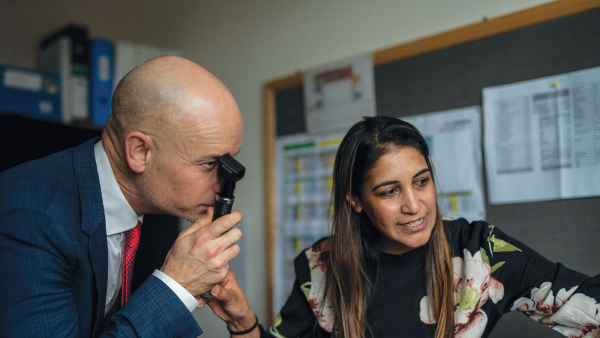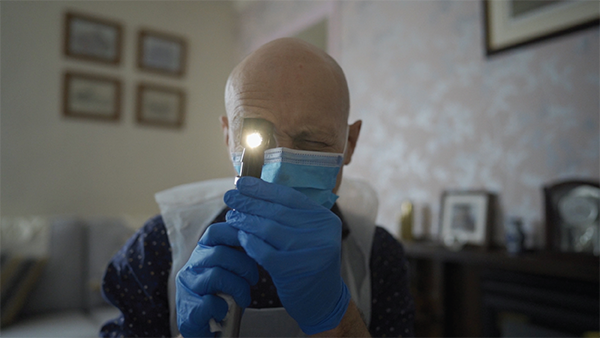Hearing Loss: Reversing the Irreversible
How a new gene therapy approach tackles endocochlear potential deficit
In many cases, hearing loss is considered to be an irreversible condition with only alleviative substitutes, such as hearing aids and cochlear implants, available to address the problem. However, neither of these devices – no matter how much they have evolved over the years – can restore normal function to the affected ear.
The pathology of hearing loss can be classified as conductive, sensorineural, or both (i.e. mixed loss). One main form of sensorineural hearing loss relates specifically to maintenance of the endolymph, the physiological fluid contained in the membranous labyrinth of the inner ear, which serves a crucial sensory function. To function correctly, the endolymph should be maintained at a positive resting potential – known as the endocochlear potential (EP) – of around +120 mV. If this EP is disrupted, it can lead to deafness in the affected ear.
“The EP acts like the battery of the cochlea, as it bathes the top of the sensory hair cells providing a high positive voltage while the inside of the hair cells are kept at a negative potential,” explains Karen P. Steel, Professor of Sensory Function at the Wolfson Centre for Age-Related Diseases at King’s College London. “If there is no endocochlear potential, the hair cells can only detect much louder sounds.”
To investigate the possibility of reversing this type of hearing loss, Steel and her team tested a genetic approach in Spns2 mutant mice – a mutant type known to exhibit this EP defect. “Most of the gene therapy approaches so far reported have involved preventing the development of the deafness,” says Steel. “[Whereas] our project involved triggering activation of the gene from older ages after the hearing loss had [already] occurred.”
By activating the previously defunct Spns2 gene, the team discovered that existing auditory impairments in the mice could be reversed back “close to normal thresholds for an auditory brainstem response (ABR), at least at low to mid stimulus frequencies.” The team also noted that delayed activation of Spns2 meant there was less effective recovery back to the ABR threshold, suggesting there is a critical time period involved for successful intervention.
Steel says, “The current study is a proof-of-concept, but we hope it will lead to further research into methods for boosting the potential again to restore some hearing function. My hope is that our findings will give support and optimism to research that focuses upon this mechanism of hearing loss, to determine ways of identifying it in people, and developing medical treatments for the disease process.”
The New Optometrist Newsletter
Permission Statement
By opting-in, you agree to receive email communications from The New Optometrist. You will stay up-to-date with optometry content, news, events and sponsors information.
You can view our privacy policy here
Most Popular
Sign up to The New Optometrist Updates
Permission Statement
By opting-in, you agree to receive email communications from The New Optometrist. You will stay up-to-date with optometry content, news, events and sponsors information.
You can view our privacy policy here
Sign up to The New Optometrist Updates
Permission Statement
By opting-in, you agree to receive email communications from The New Optometrist. You will stay up-to-date with optometry content, news, events and sponsors information.
You can view our privacy policy here









